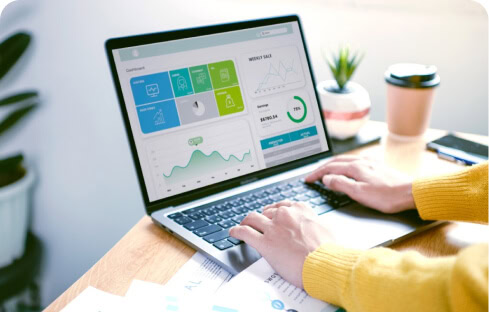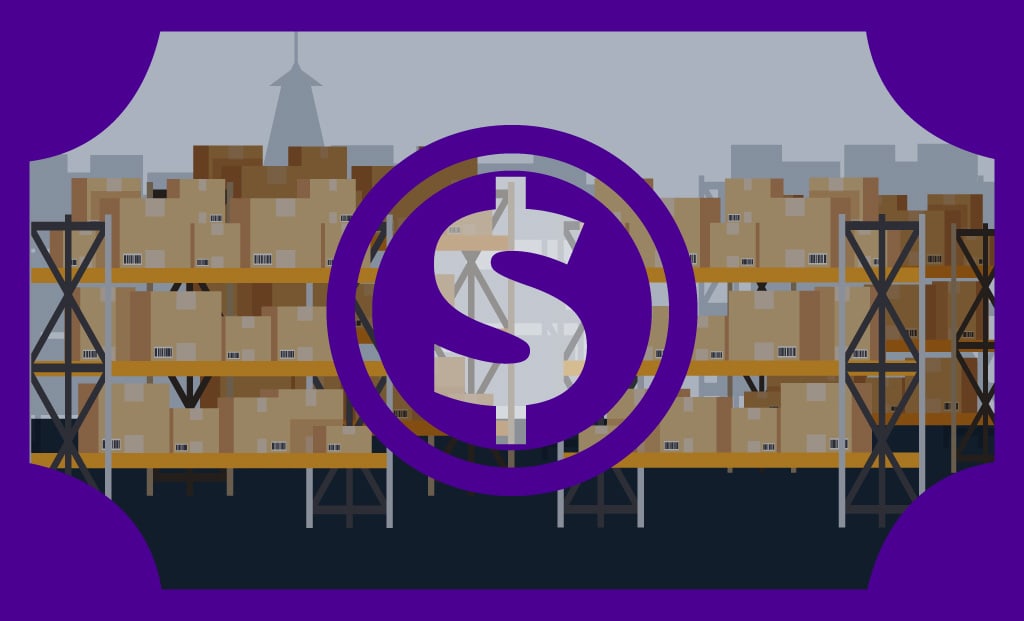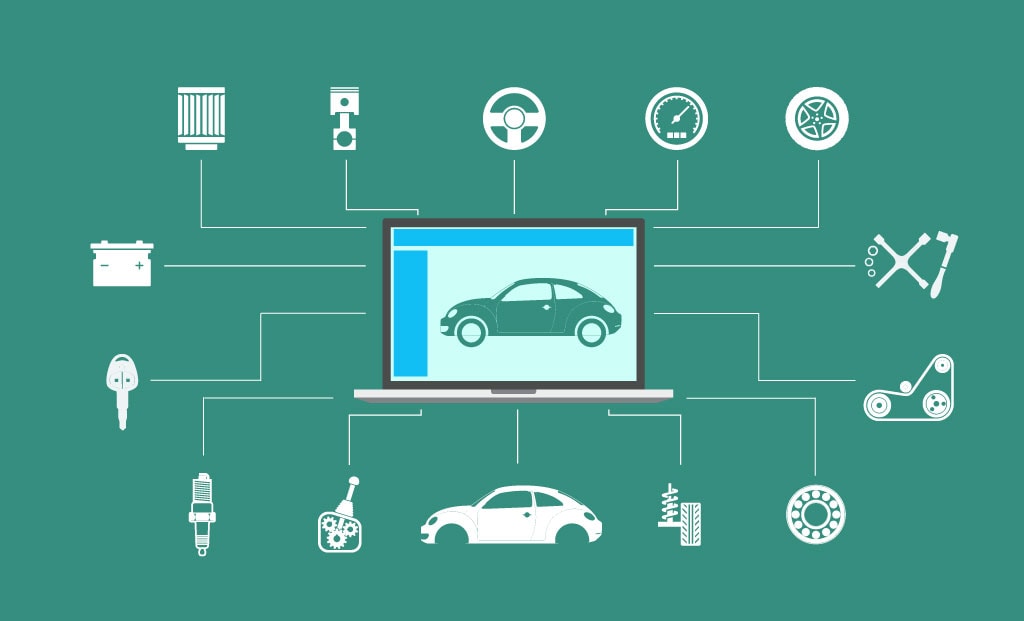Inventory Valuation
Key Benefits Of Inventory Valuation
- Save time and costs by calculating inventory valuation for each item number.
- Arrive at accurate costs using various industry-standard methods such as actual and standard costing.
- Determine the Cost of Goods Sold (COGS) by taking all incurred costs into the picture.
- Improve gross profit margins.
- Become tax compliant by determining the correct inventory valuation.
Key Features of Inventory Valuation
- Setup relevant costing method at the application configuration level.
- Determine inventory valuation using the FIFO method.
- Accurately arrive at incurred costs using actual costs or standard costs.
- Fix standard cost method for each item under item master.
- Separately track landed cost under the actual costing method.
- Track detailed breakdown for material, overhead, labor, transport, material handling, and outside process costs.
- Factor in rent cost, utilities cost, employee and contract wages.
- Allow inventory to fall negative in case of WIP returns, PO returns, Inventory Transfer, and inventory adjustments.
- View cost-breakup in a detailed inventory report.
- Get an item-wise report with inventory and material value breakup along with balance quantity and other info.
Our Customers are Our Purpose and Our Strength

We have been able to thin down our inventory carrying costs by about a third i.e. from approximately 3 million to 1 million. This is a huge deal for us. This was one of the prime reasons we needed an ERP, because we had inventory coming out of our ears, and we wanted to make sure that we had the right products at the right time.”

As soon as jobs are completed everyone knows an order is ready to ship. An email is sent via mobile devices so people throughout the facility are notified no matter where they are. When new jobs are created people can immediately check BOMs and inventory levels, so tools and materials can be ordered within minutes.”

We have to coordinate truckloads of steel, castings and other components from foreign suppliers, and PowerERP helps us balance, plan and schedule our ordering and inventory movements.”
Browse through our Latest ERP and Technological Insights






FAQ
Inventory Management in OmegaCube ERP enables manufacturing enterprises to efficiently plan, procure, build, manage and track inventory in real-time. They can maintain optimum inventory levels, and improve material traceability and cash flows by ordering the right materials at the right time for the right cost from the right supplier.
Suppliers and Purchasing Management in OmegaCube ERP streamlines the material procurement process from suppliers, improves supplier collaboration, reduces procurement cost, and improves cash flow and inventory management.
OmegaCube ERP can be easily integrated with a host of manufacturing applications such as Nesting, CAD, E-commerce, Shipping & Logistics, Barcode & RFID, Machine Monitoring, Email, etc. Manufacturers can completely automate inventory, design, planning, and shipping & production workflows with the help of advanced integration capability.

